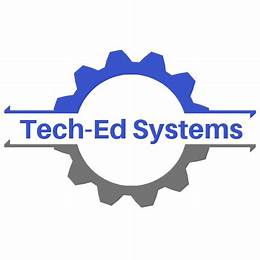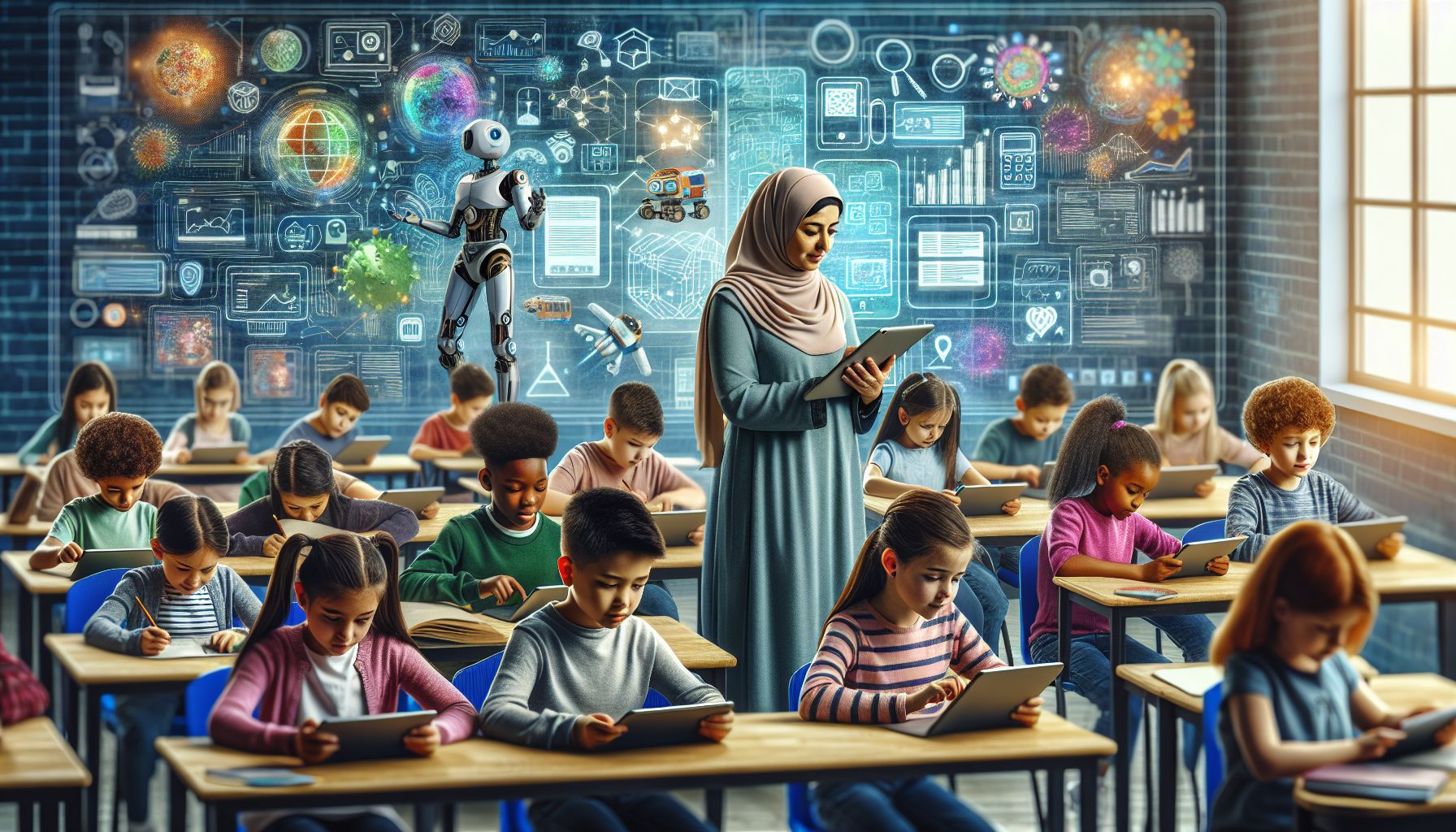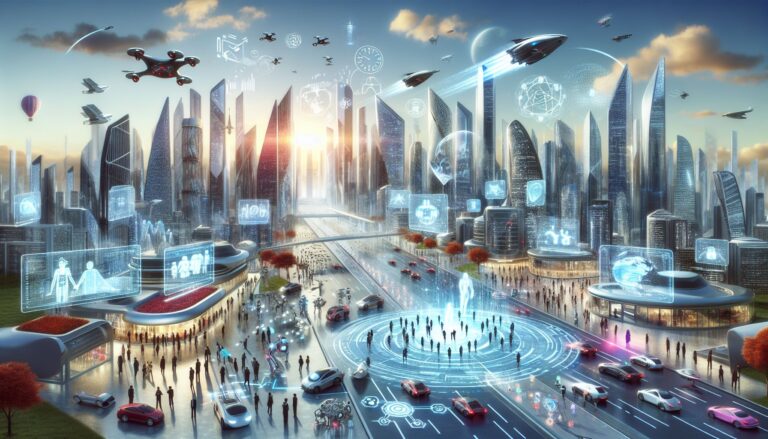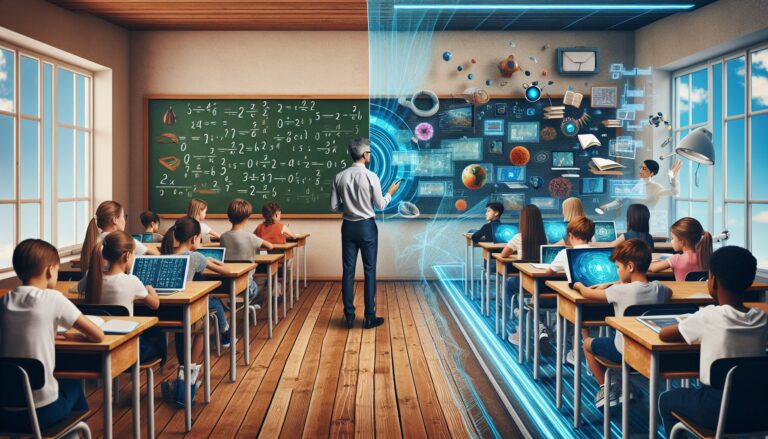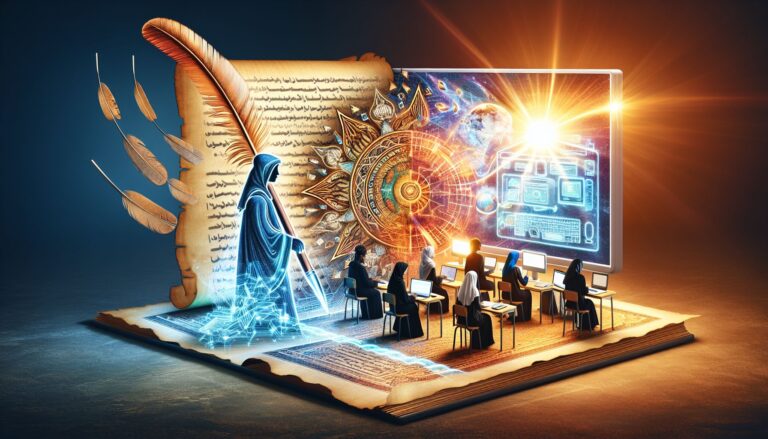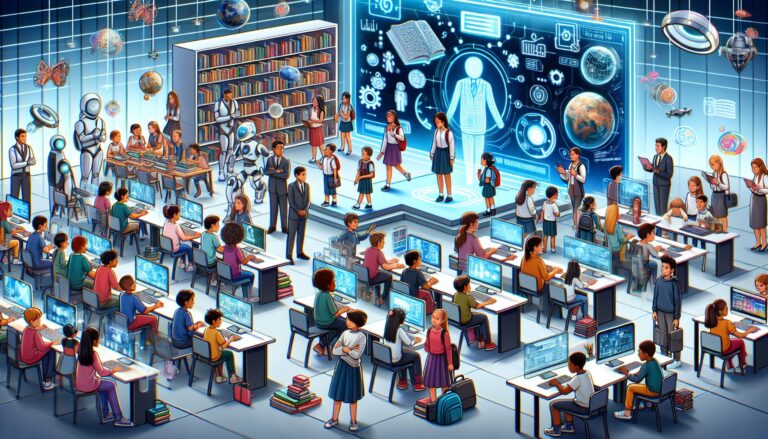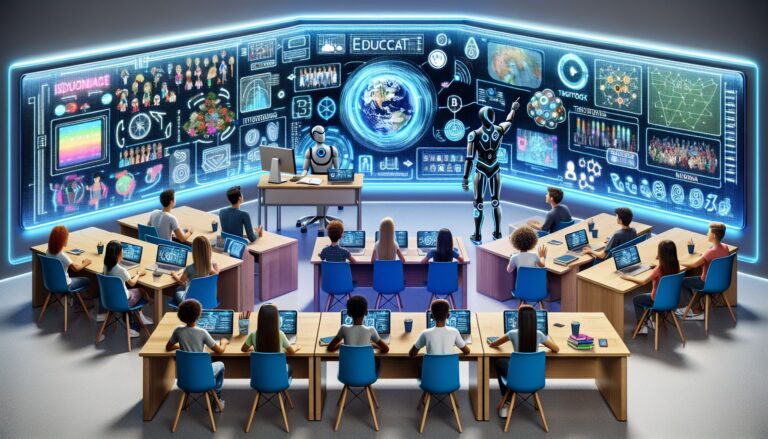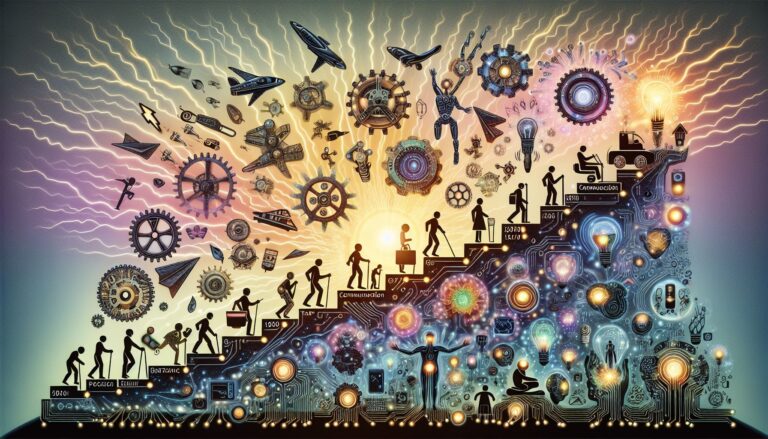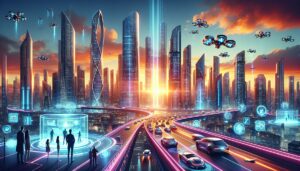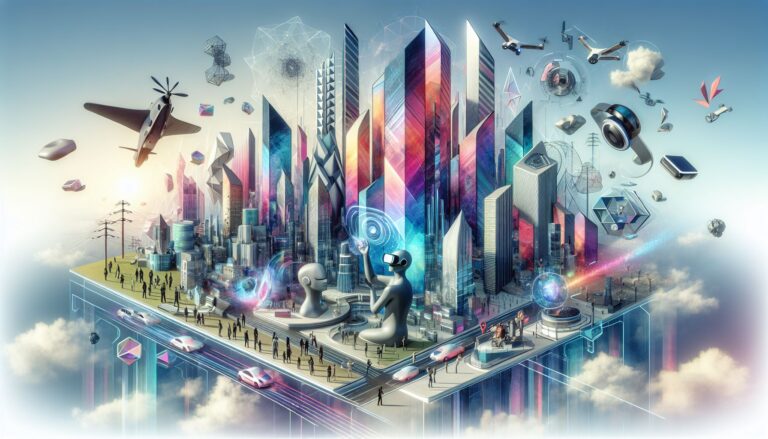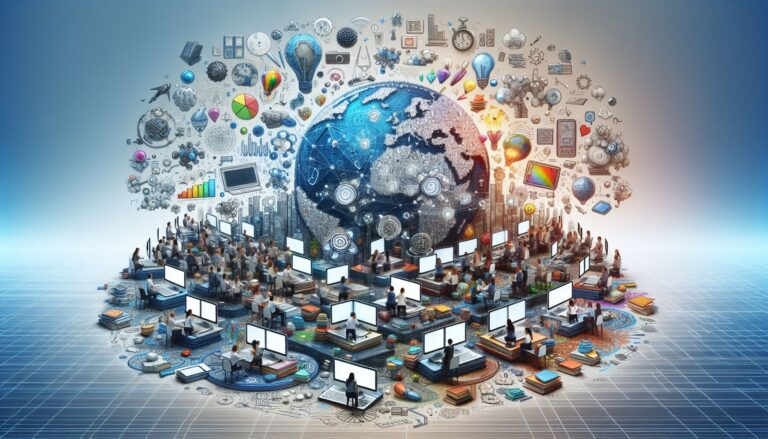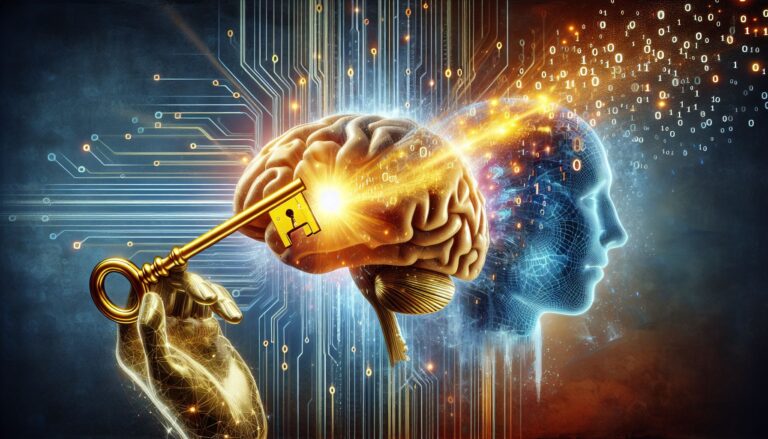In a world whirling at the speed of technological advancements, every domain of human endeavor has been transformed, and education stands at the forefront of this thrilling digital revolution. As the new wave of ed-tech innovation sweeps into classrooms and lecture halls, the very landscape of learning is being redrawn for educators and students alike. The relentless march of progress does not wait for the blackboard to be dusted off – it demands continuous evolution. Below lies an exploration into the rapidly changing ethos of education, where digital fluency is not just an asset, but a necessity.
We stand witness to an era buzzing with digital tools that promise to enhance the educational experience. Virtual reality (VR) can transport learners to ancient civilizations, while artificial intelligence (AI) tailors learning experiences to individual student needs. Amidst this integration of technology, however, the role of the educator is undergoing a metamorphosis. No longer is the teacher solely a conveyor of knowledge; they are now guides in a rich landscape of information, enabling students to navigate the vast sea of knowledge that technology provides.
The incorporation of technology into education comes with its own set of challenges and benefits. On one side, the digital divide looms large, as not all students have equal access to technology. This inequity can exacerbate existing disparities in educational outcomes. On the flip side, students who fully engage with digital tools often find their learning experiences enriched. They can collaborate with peers across the globe, access multimedia resources with a single click, and receive instant feedback that was once unimaginable.
Online learning, a domain that has been growing steadily for years, was thrust into the limelight by the global pandemic. It highlighted both the possibilities and the pitfalls of learning outside traditional classroom walls. While some students thrived in the autonomy of a virtual environment, others struggled without the structure and social interaction that physical classrooms provide.
Teacher-student interactions, too, have been redefined in the digital age. Communication channels have multiplied; feedback loops are faster, allowing for a more bespoke educational approach than ever before. Technology can facilitate a more democratic classroom where student voices are amplified and where learning becomes a dialogue rather than a monologue.
As we cast our eyes to the future, we can envision an educational panorama that is more interconnected and personalized. The potential of AI to individualize learning, predictive analytics to guide academic pathways, and immersive technologies to create powerful experiential learning could redefine what it means to be educated. Yet, as this horizon expands, we must be vigilant about societal and ethical considerations. Privacy concerns, data security, and ensuring equitable access for all learners must be at the heart of education technology’s onward march.
In essence, the integration of technology into education is not just about flashy gadgets and cutting-edge software; it’s about reshaping the very essence of how we learn, teach, and interact. The digital classroom is not a distant prophecy; it’s a present reality. And as educators and learners navigate this brave new world, the promise and the challenge lie in balancing technological possibility with human-centric values. Perhaps, in this balance, lies the true future of education—a harmony of bytes and enlightenment sculpting the minds of tomorrow.
